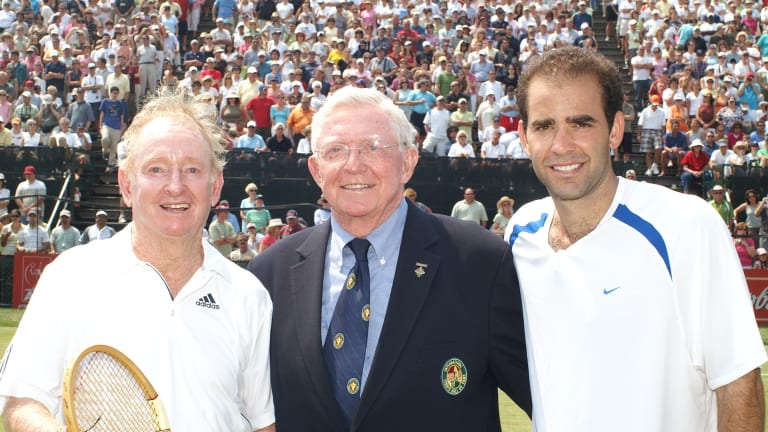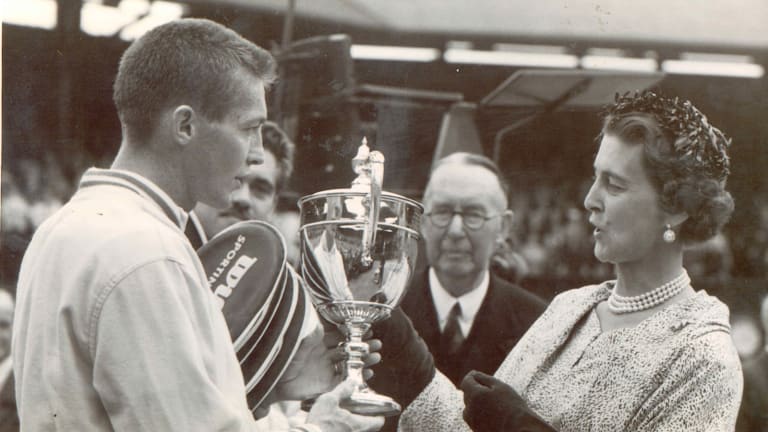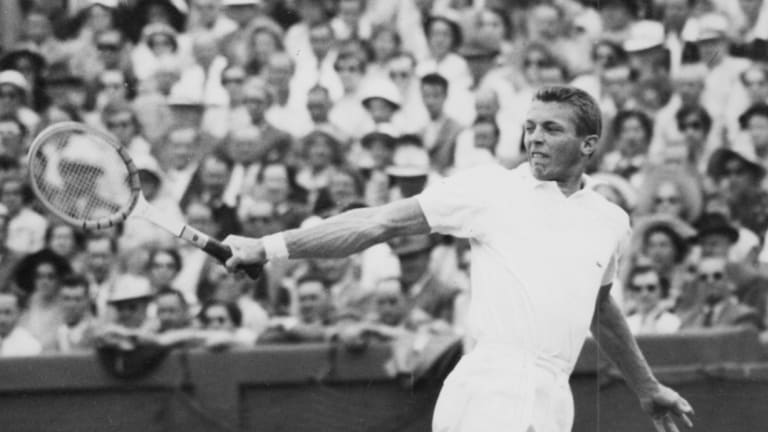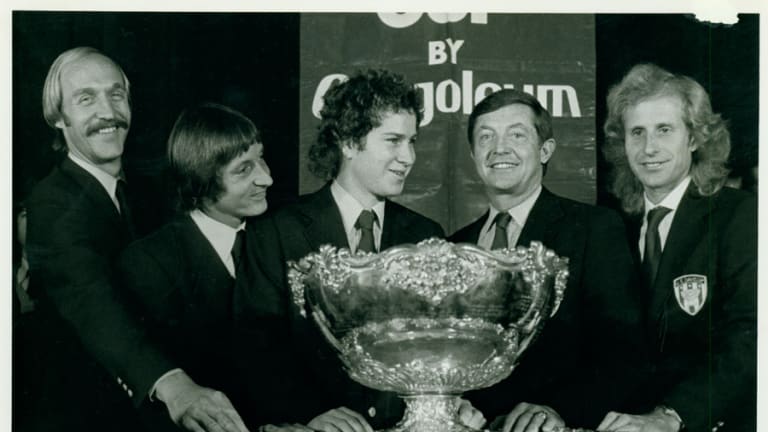Tony Trabert, 1930-2021: Wise, logical and generous to all
By Feb 04, 2021Social
Andrey Rublev reportedly adds Marat Safin to coaching team for clay-court season
By Mar 30, 2025Your Game
Doubles Partners: Asics and A.P.C. team up for one-of-a-kind tennis collection
By Mar 30, 2025Social
PHOTOS: Aryna Sabalenka celebrates maiden Miami title with “lucky charm” goddaughter
By Mar 30, 2025Facts & Stats
Novak's 99 Titles—a Djokovic deep dive: What they are, where they were won, when he did
By Mar 30, 2025Miami, USA
Novak Djokovic vs. Jakub Mensik: Where to watch, and who will win, their Miami Open final
By Mar 30, 2025Social
WATCH: Jessica Pegula steals Aryna Sabalenka's 'Marg-aryna' from Tennis Channel desk
By Mar 30, 2025Stat of the Day
Aryna Sabalenka has now won 23 of her last 24 matches in the United States following Miami triumph
By Mar 29, 2025Miami, USA
Roger Goodell watches on as Aryna Sabalenka defeats Jessica Pegula in Miami final
By Mar 29, 2025Miami, USA
Aryna Sabalenka masters Jessica Pegula again to win Miami Open
By Mar 29, 2025Tony Trabert, 1930-2021: Wise, logical and generous to all
The great champion, U.S. Davis Cup captain and HOF president died on Wednesday night.
Published Feb 04, 2021
Advertising

Tony Trabert, 1930-2021: Wise, logical and generous to all
Advertising

Tony Trabert, 1930-2021: Wise, logical and generous to all
Advertising

Tony Trabert, 1930-2021: Wise, logical and generous to all
Advertising

Tony Trabert, 1930-2021: Wise, logical and generous to all